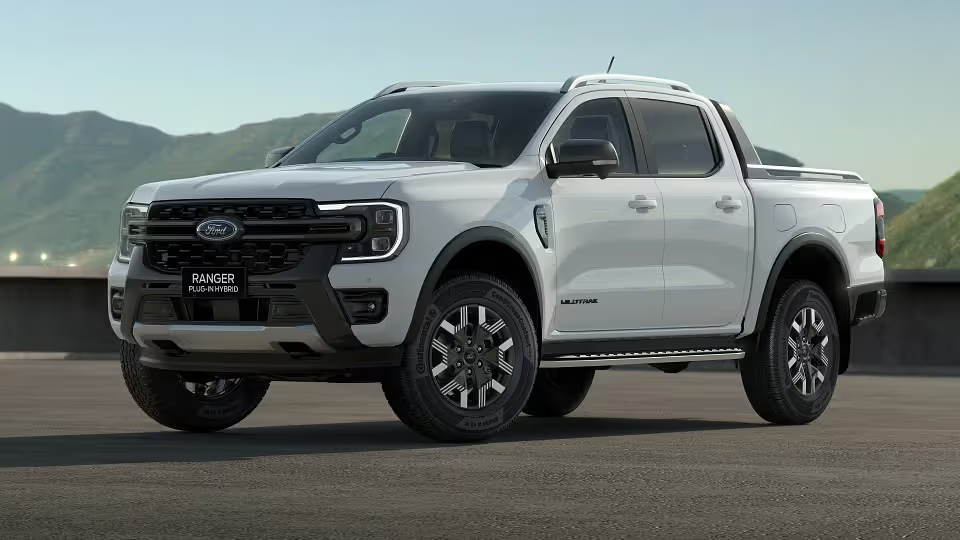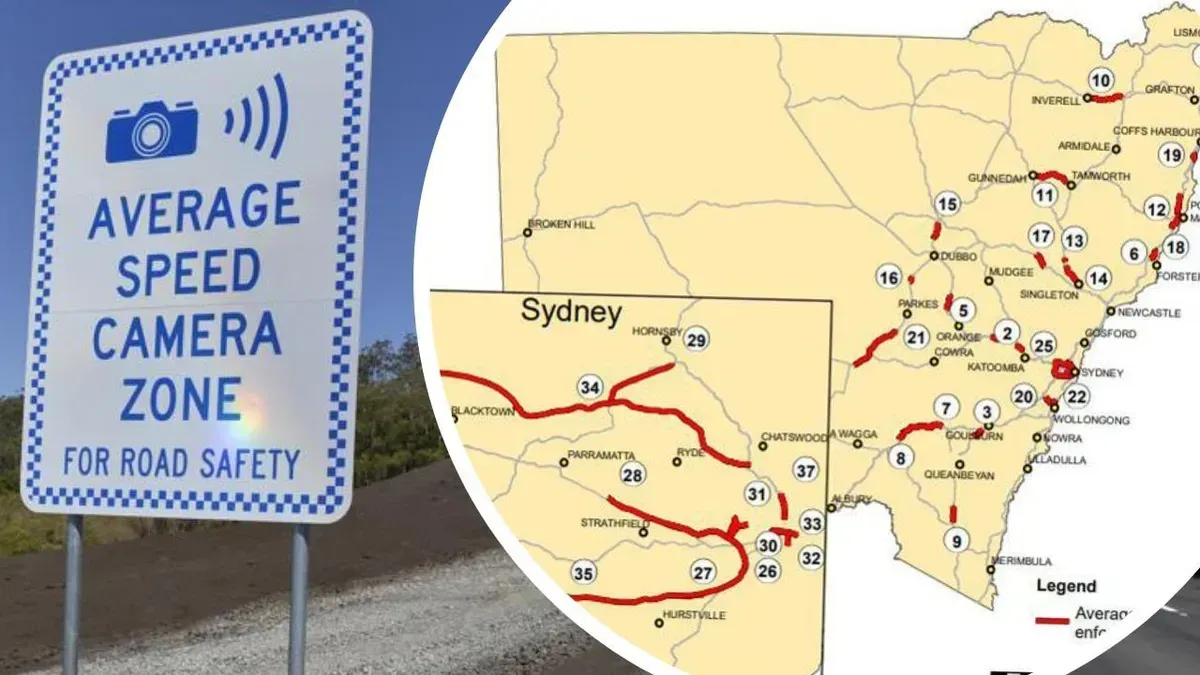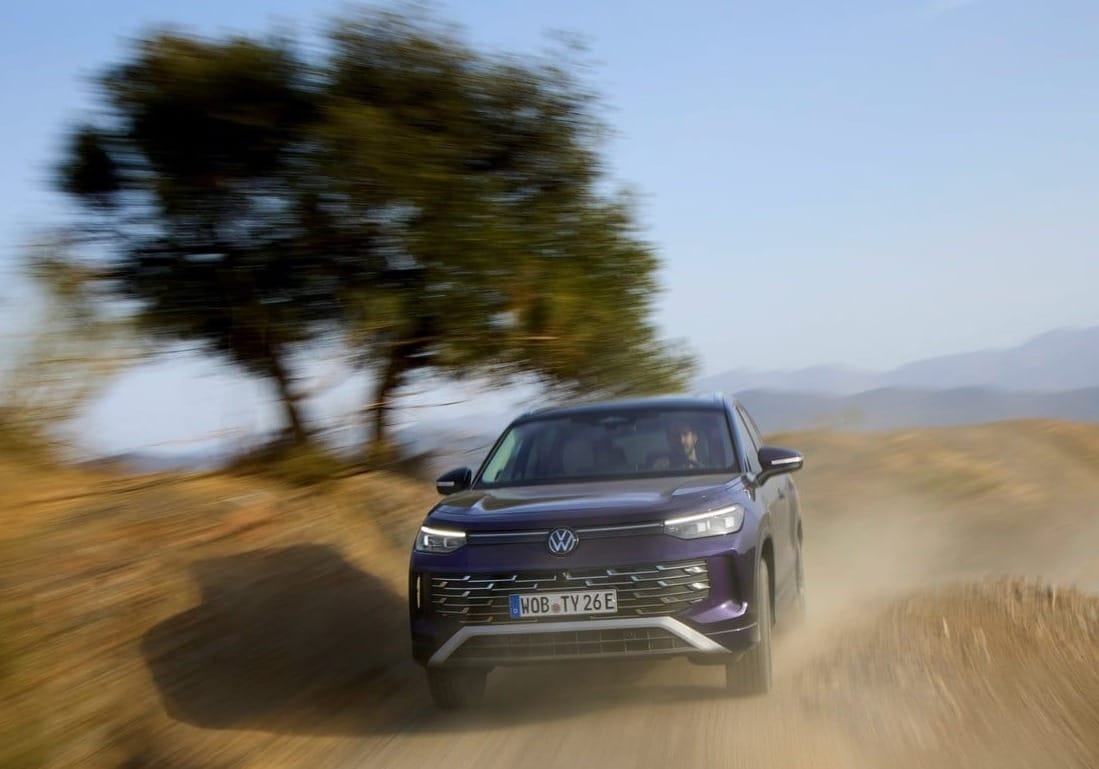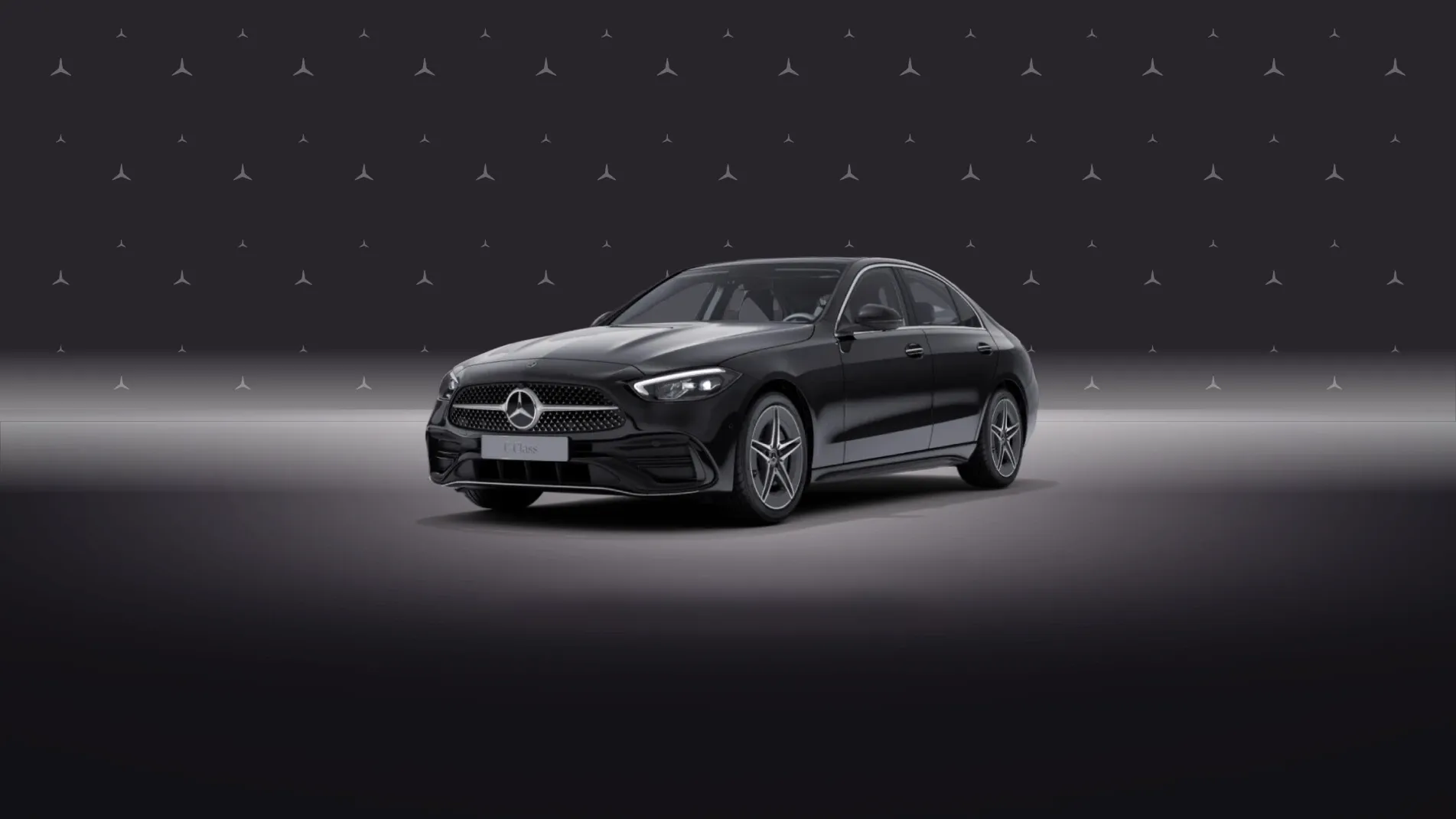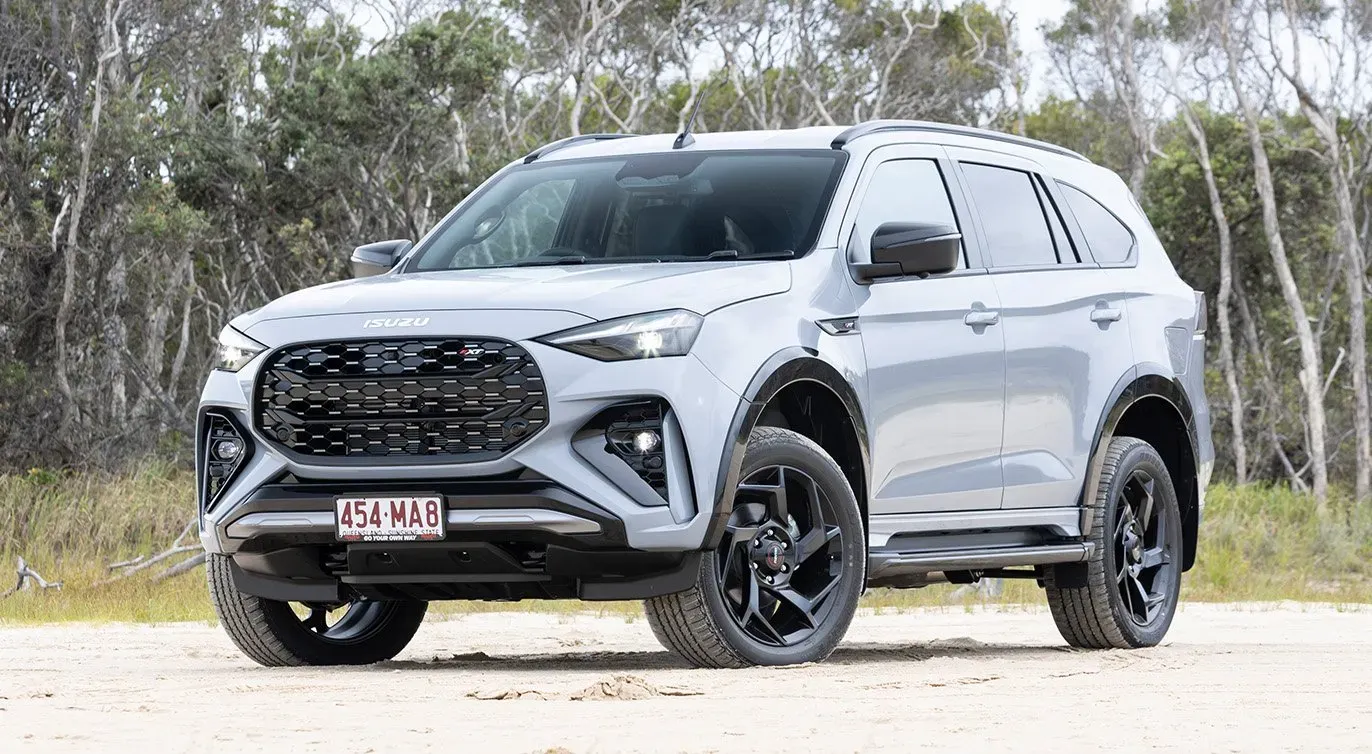Ford has officially unveiled the Ranger plug-in hybrid (PHEV) ahead of its arrival next year. The Ranger PHEV will be available in at least four grades: XLT, Sport, Wildtrak, and a launch edition called Stormtrak.
Powertrain:
- 2.3-liter turbocharged petrol engine
- Electric motor
- 11.8kWh battery
- 10-speed automatic transmission
Performance:
- Total power output expected to be at least 250kW
- Over 600Nm of torque (most torquey Ranger ever)
- Up to 45km of pure electric driving range
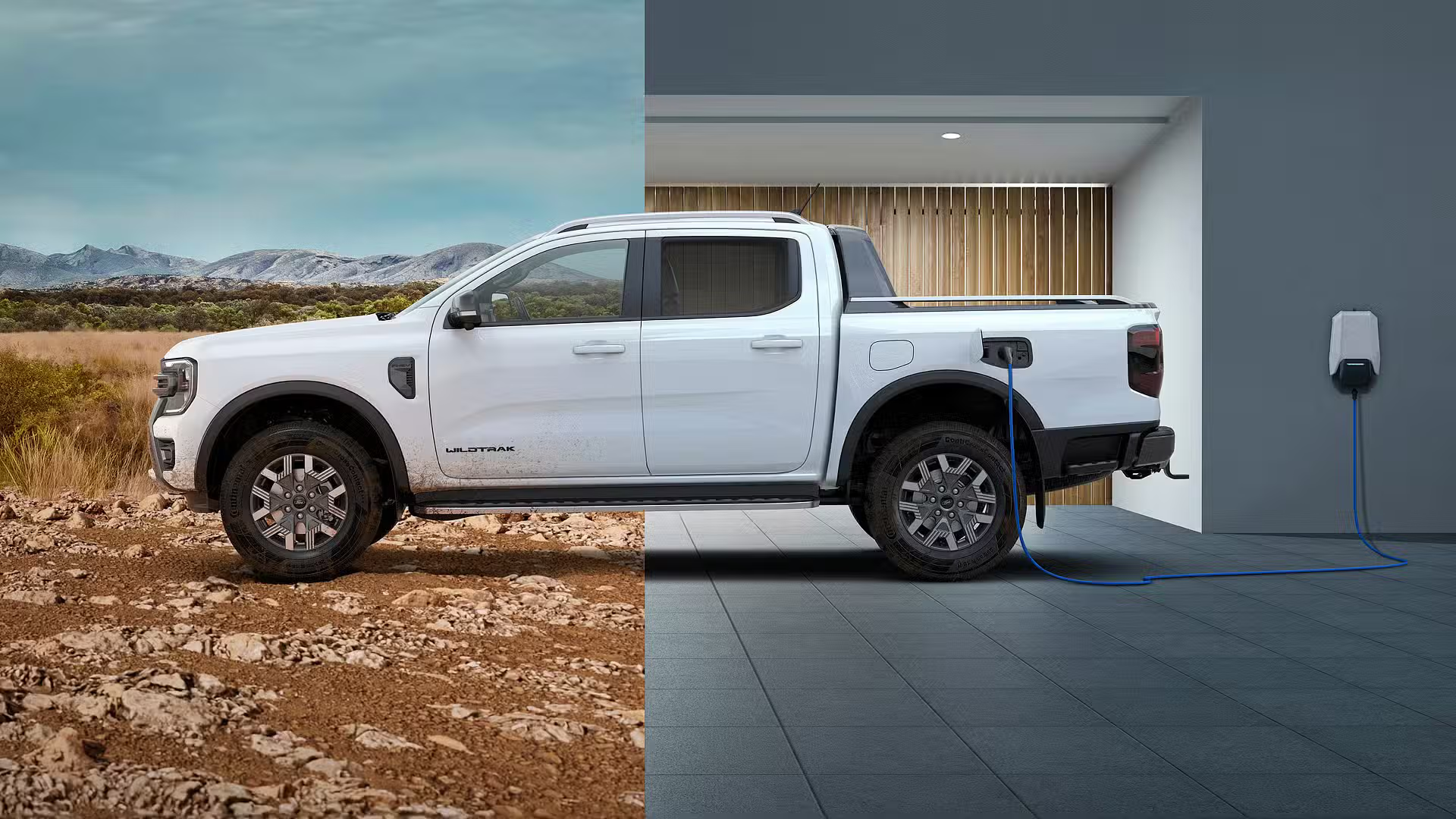
Ford claims that the Ranger PHEV will "produce the highest levels of torque of any Ranger model". The current torque benchmark in the Ranger lineup is the 3.0-liter V6 diesel engine, which produces 600Nm of torque. Therefore, we can expect the Ranger PHEV to exceed 600Nm of torque.
The PHEV combines a 2.3L EcoBoost four-cylinder turbo-petrol engine with an electric motor. In the Volkswagen Amarok (which shares development with the Ranger), this petrol engine alone produces 452Nm of torque. The addition of the electric motor is expected to significantly boost the total torque output above the 600Nm mark.
Capabilities:
- 3500kg towing capacity
- Low-range transfer case and locking rear differential for off-road driving
Features:
- Pro Power Onboard system with two power outlets in the tray and one in the cabin
- Multiple driving modes: hybrid, electric, and petrol-only
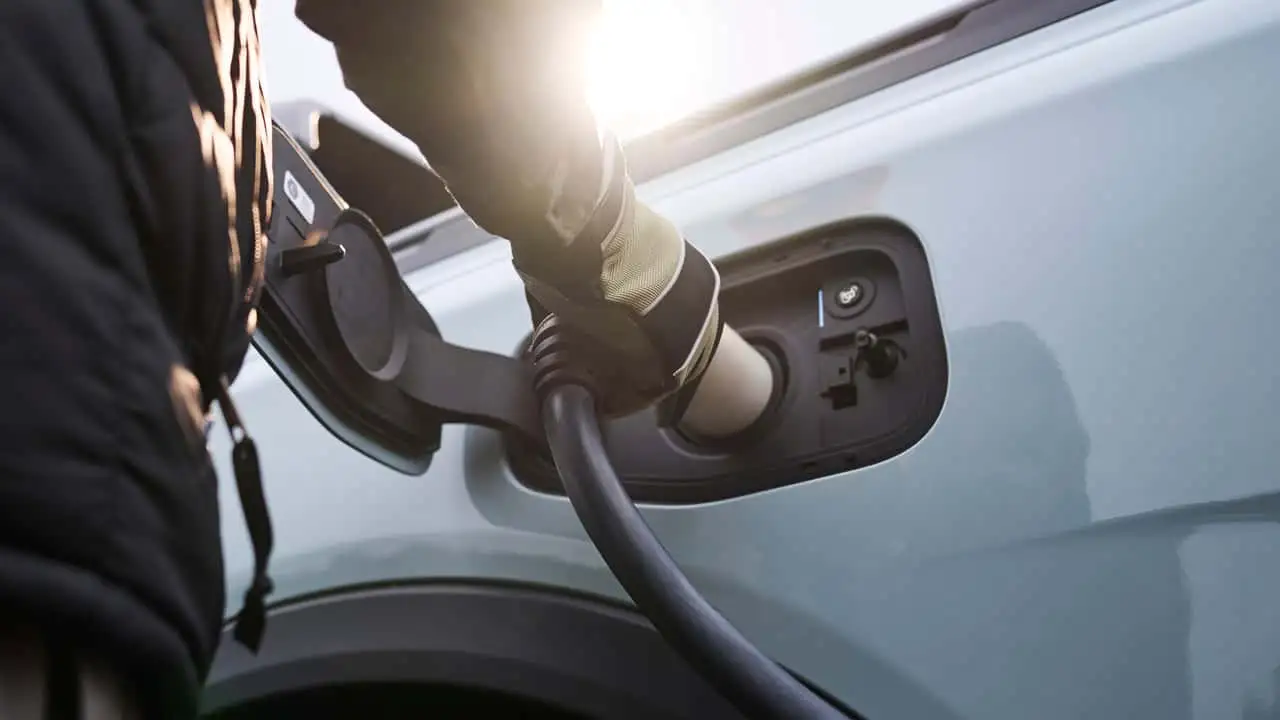
Competition:
- Will face competition from the BYD Shark PHEV ute, which offers 320kW/650Nm and up to 100km of electric range
Significance:
- The PHEV variant will help offset potential fines from the upcoming New Vehicle Efficiency Standard (NVES) in Australia
Set to arrive in Australia by late 2025, it aims to compete with upcoming electrified utes while maintaining the Ranger's renowned capabilities.



